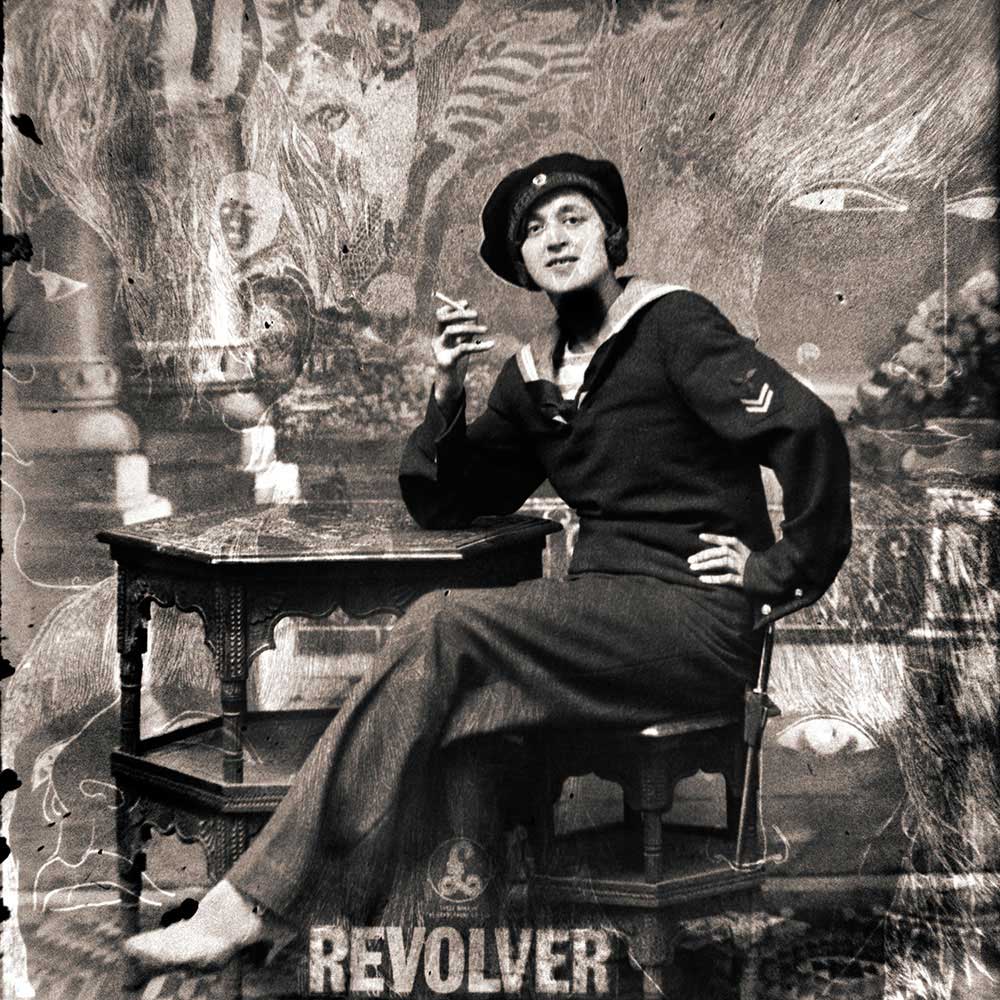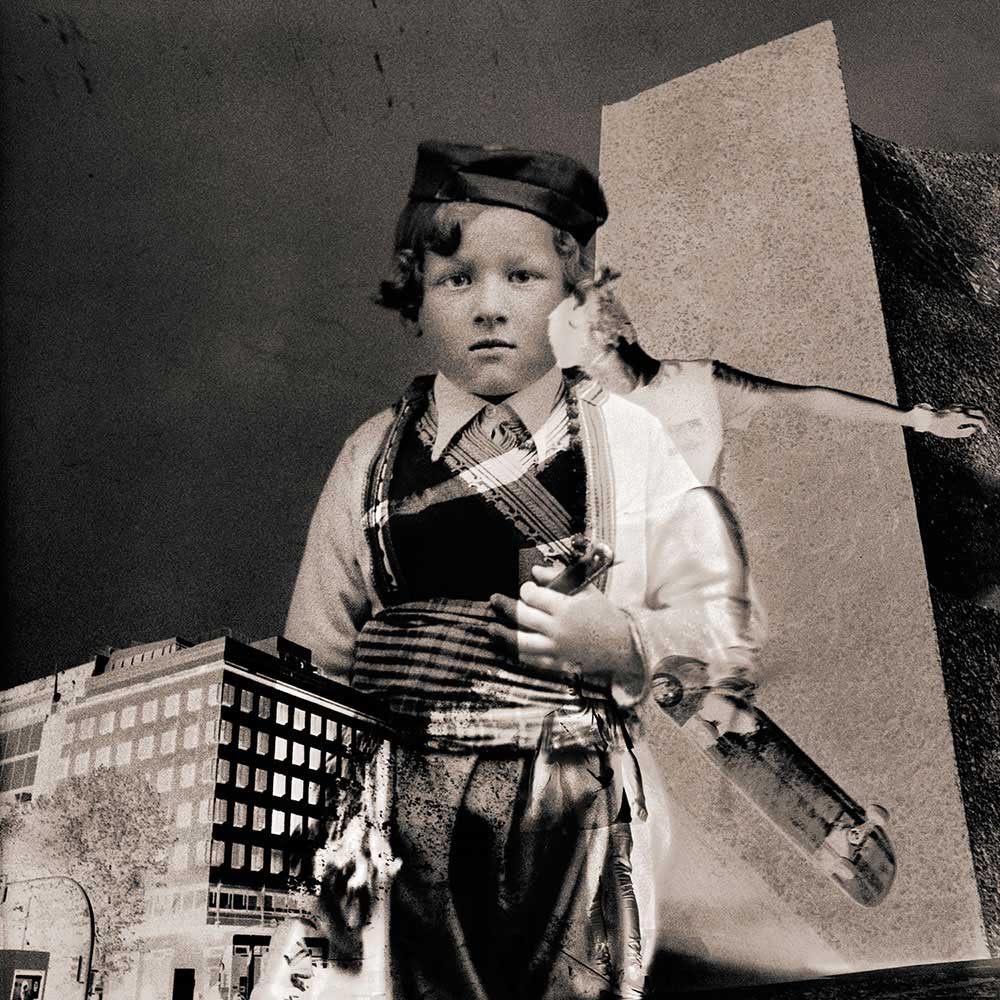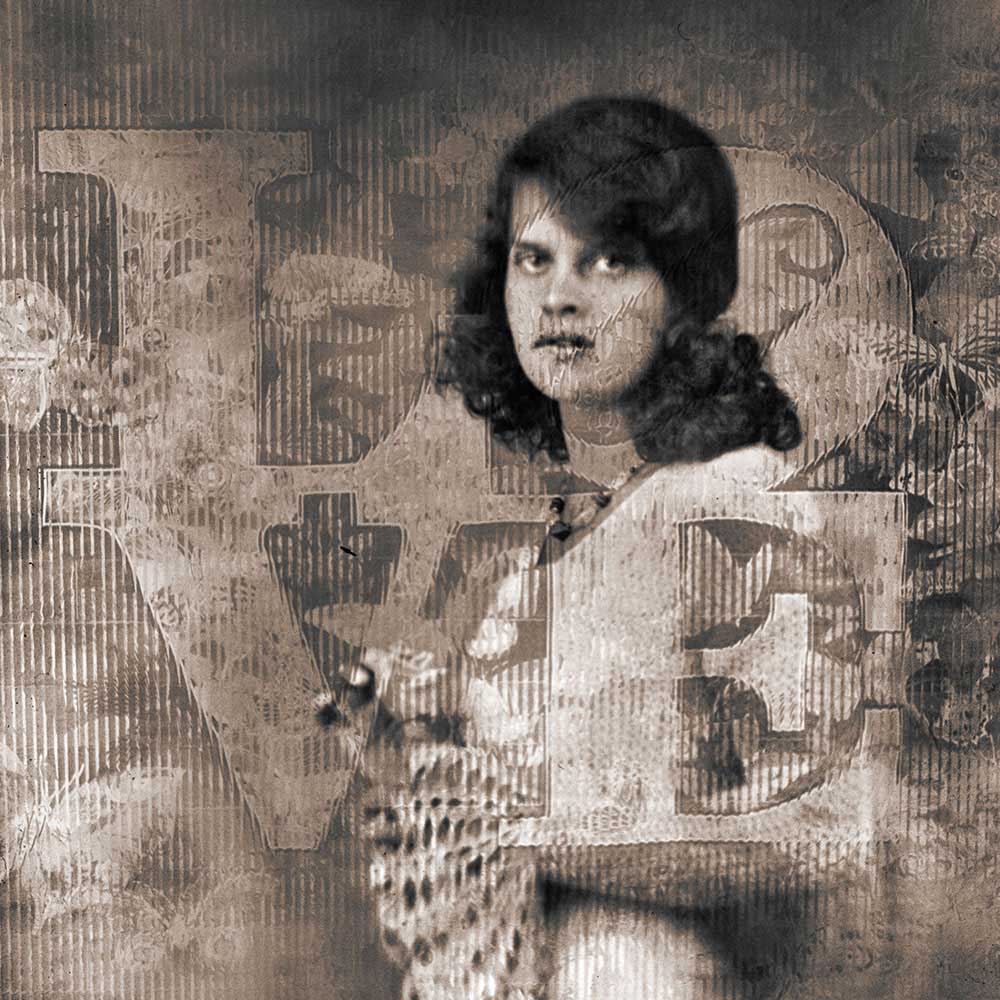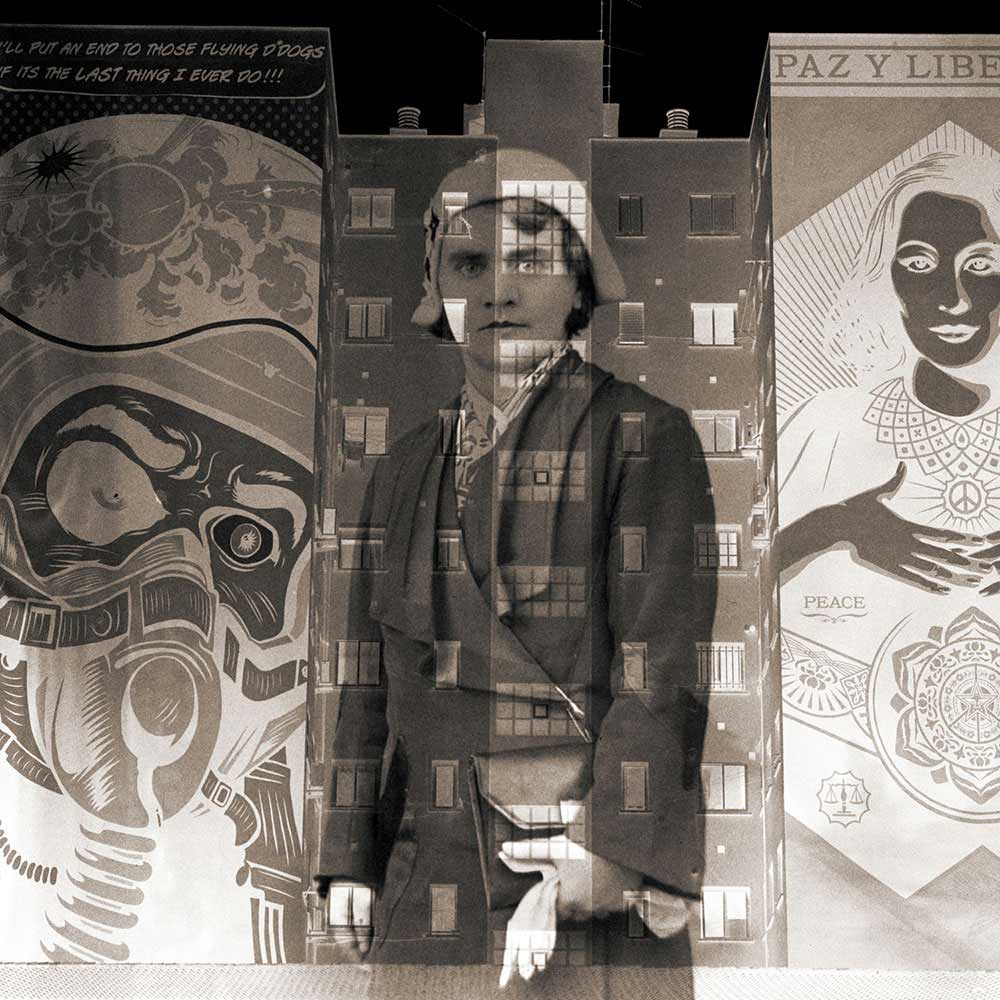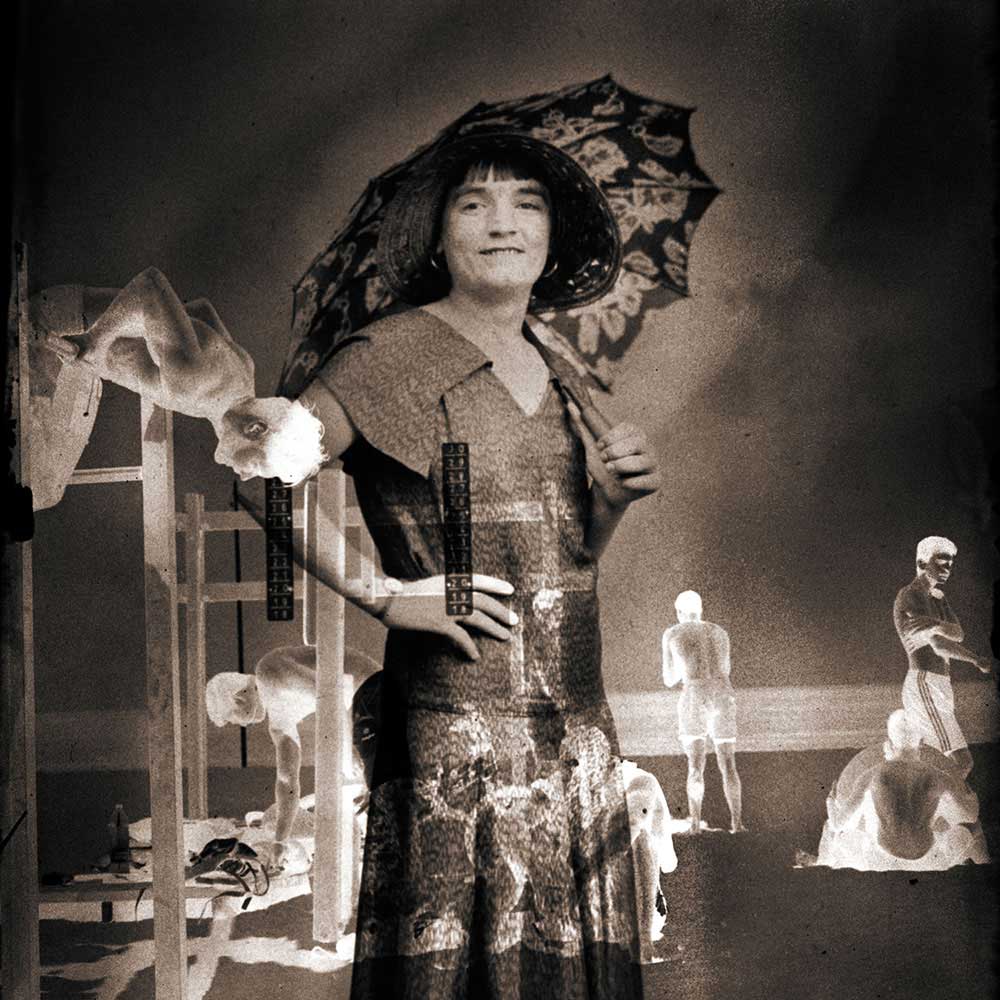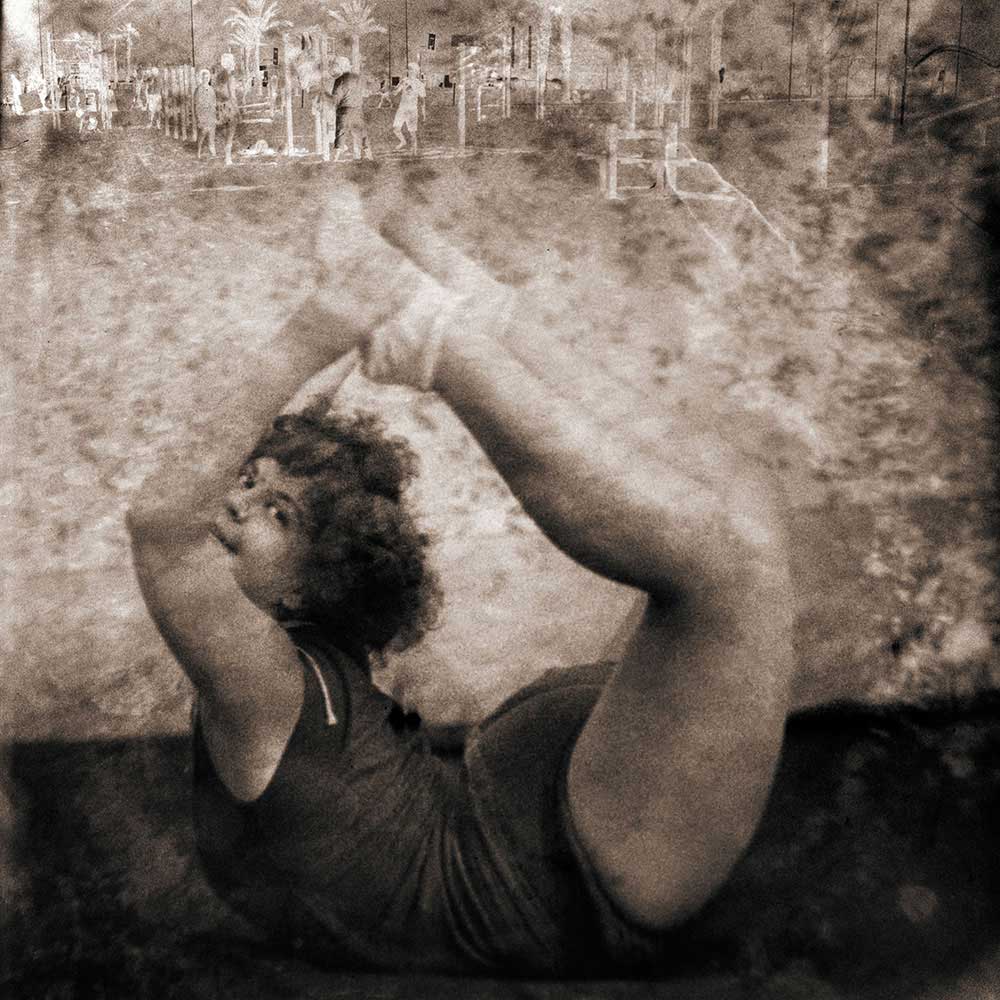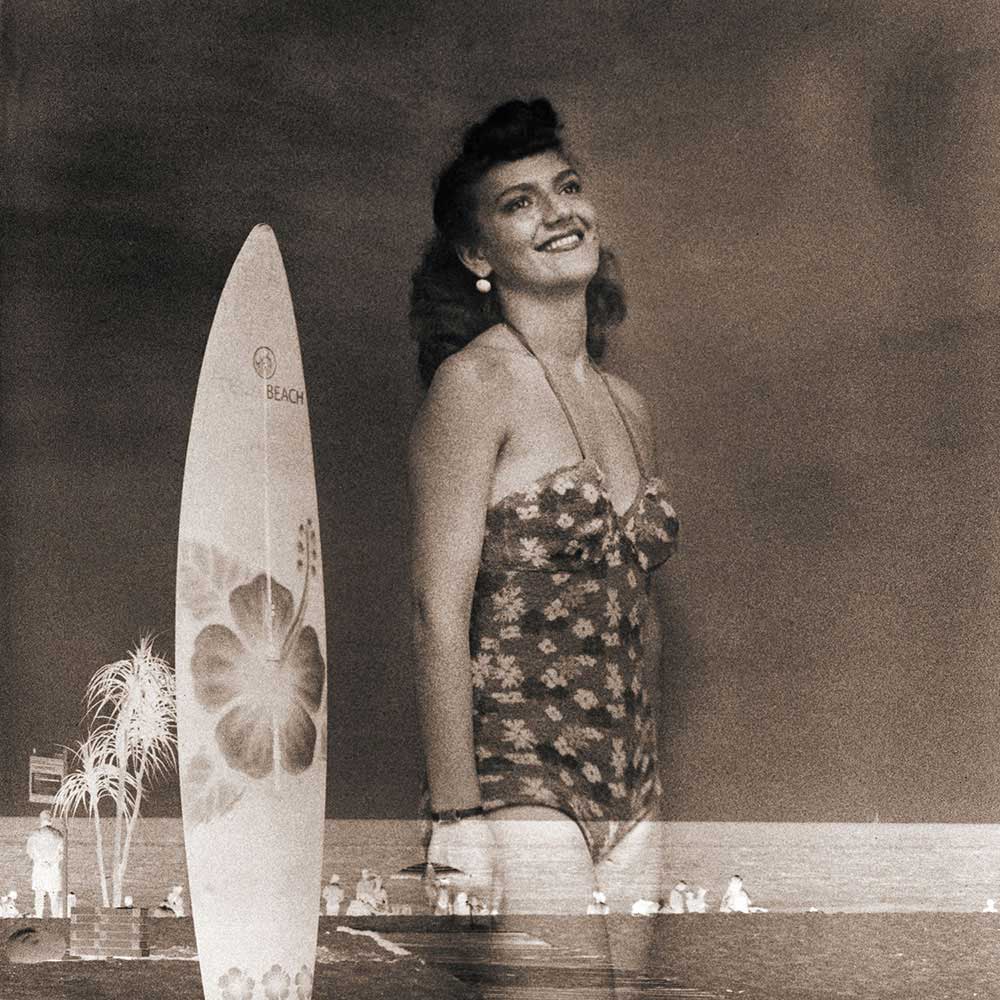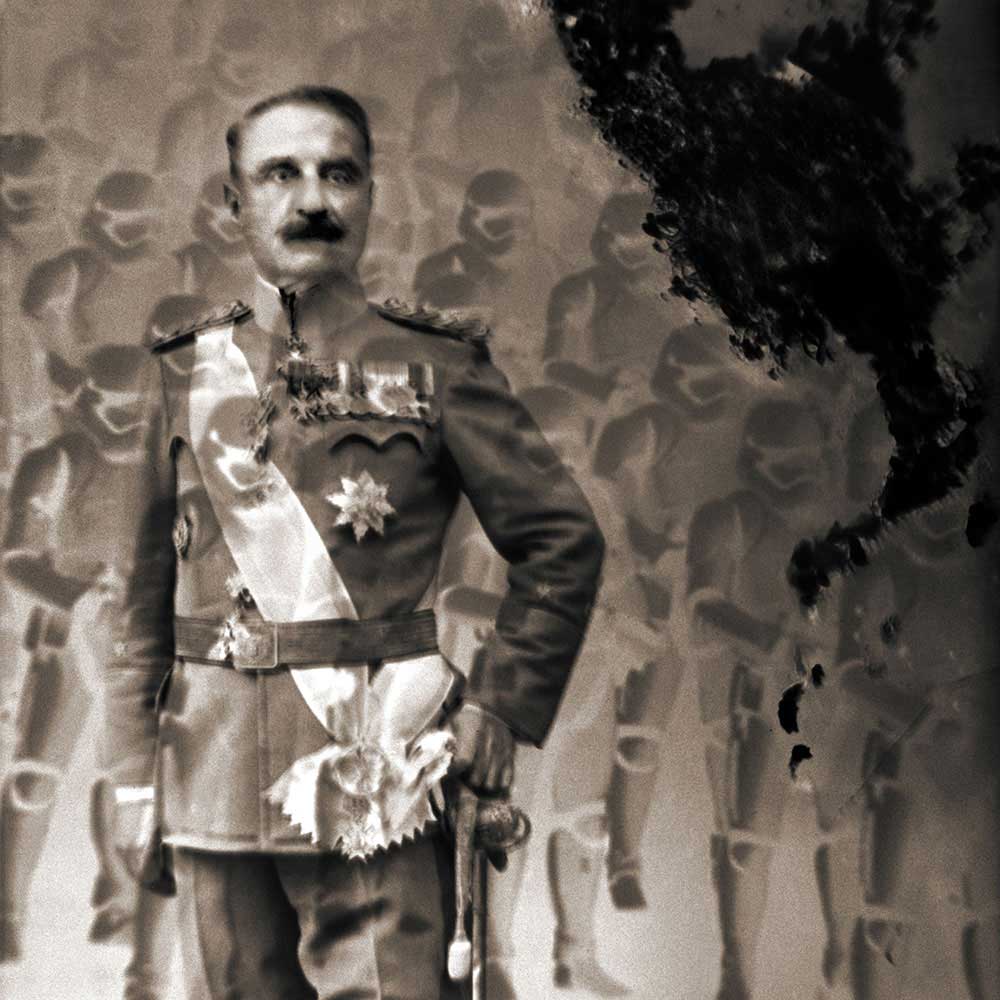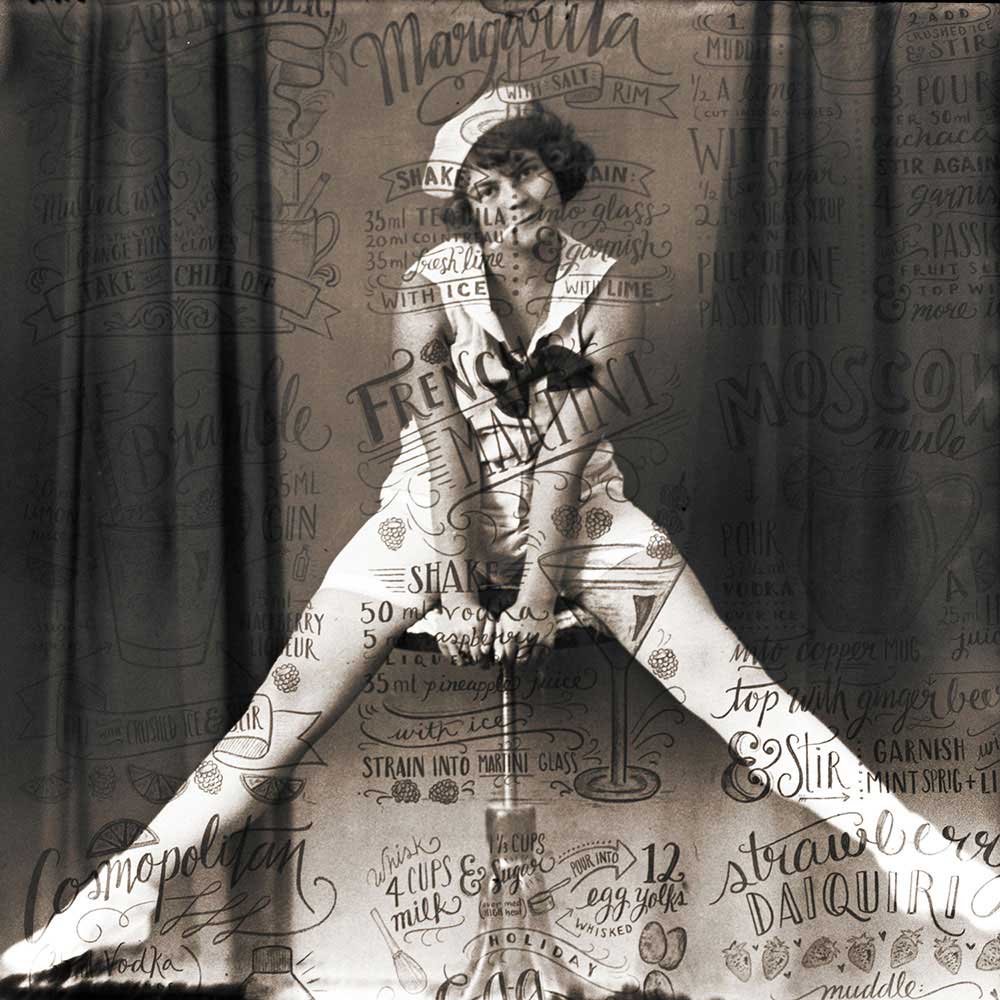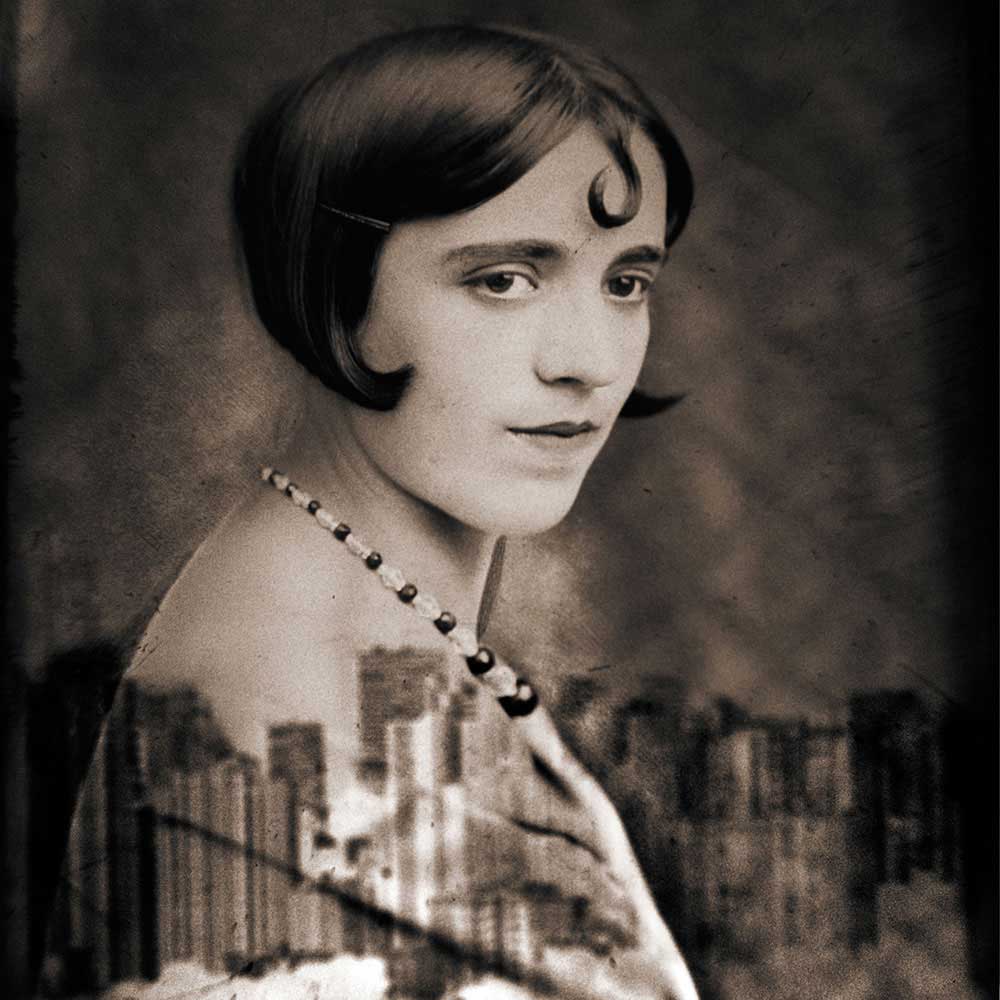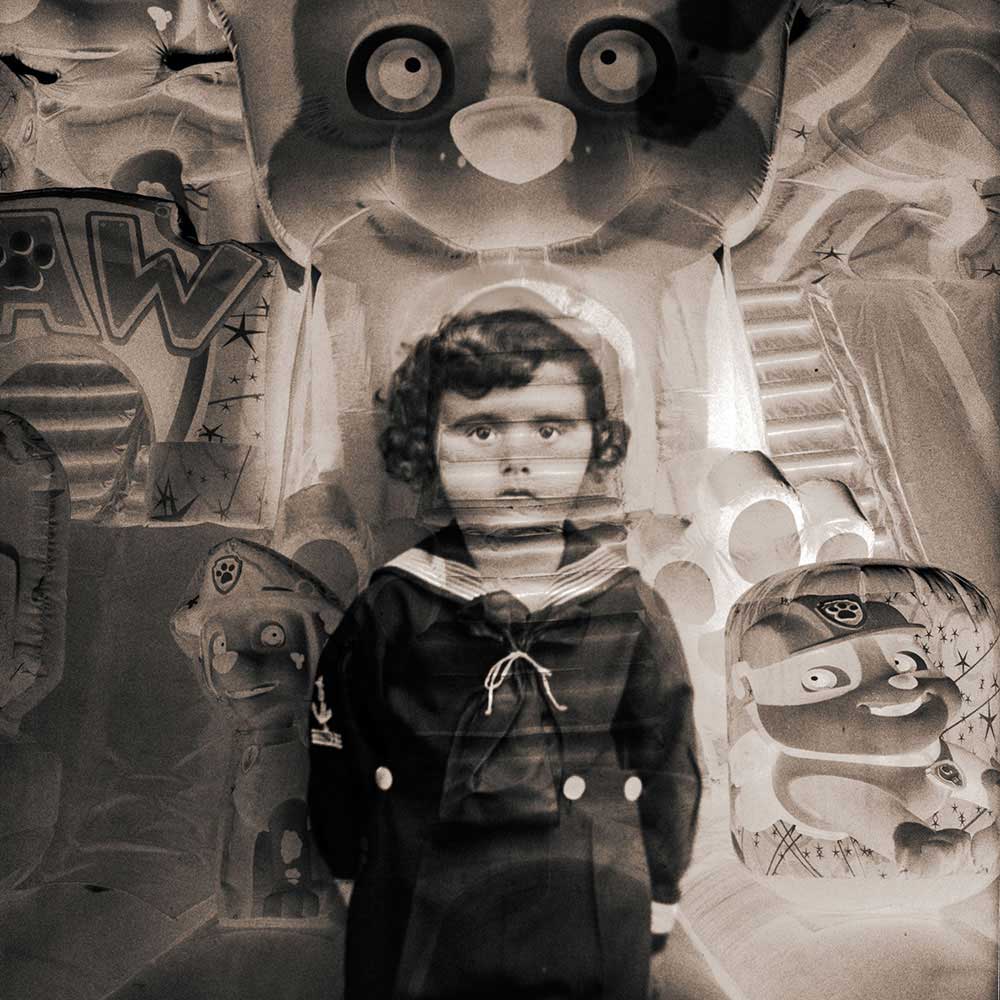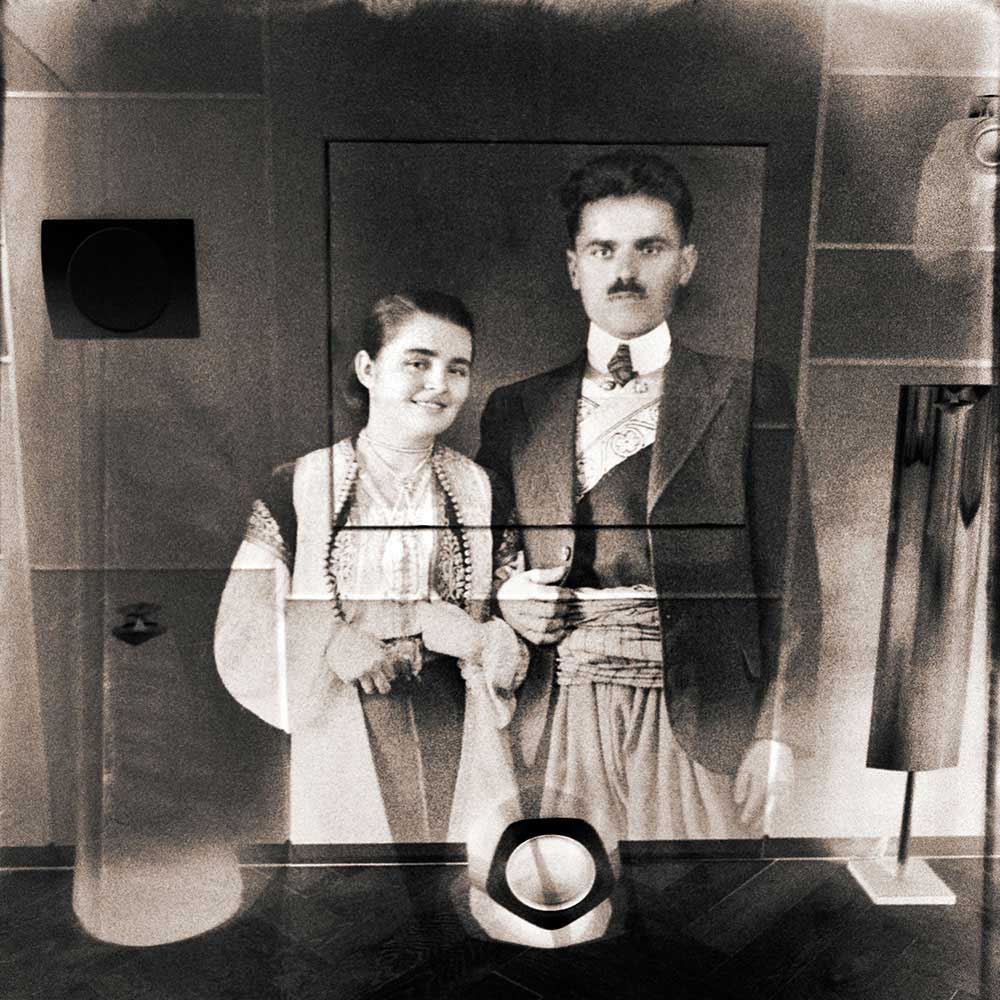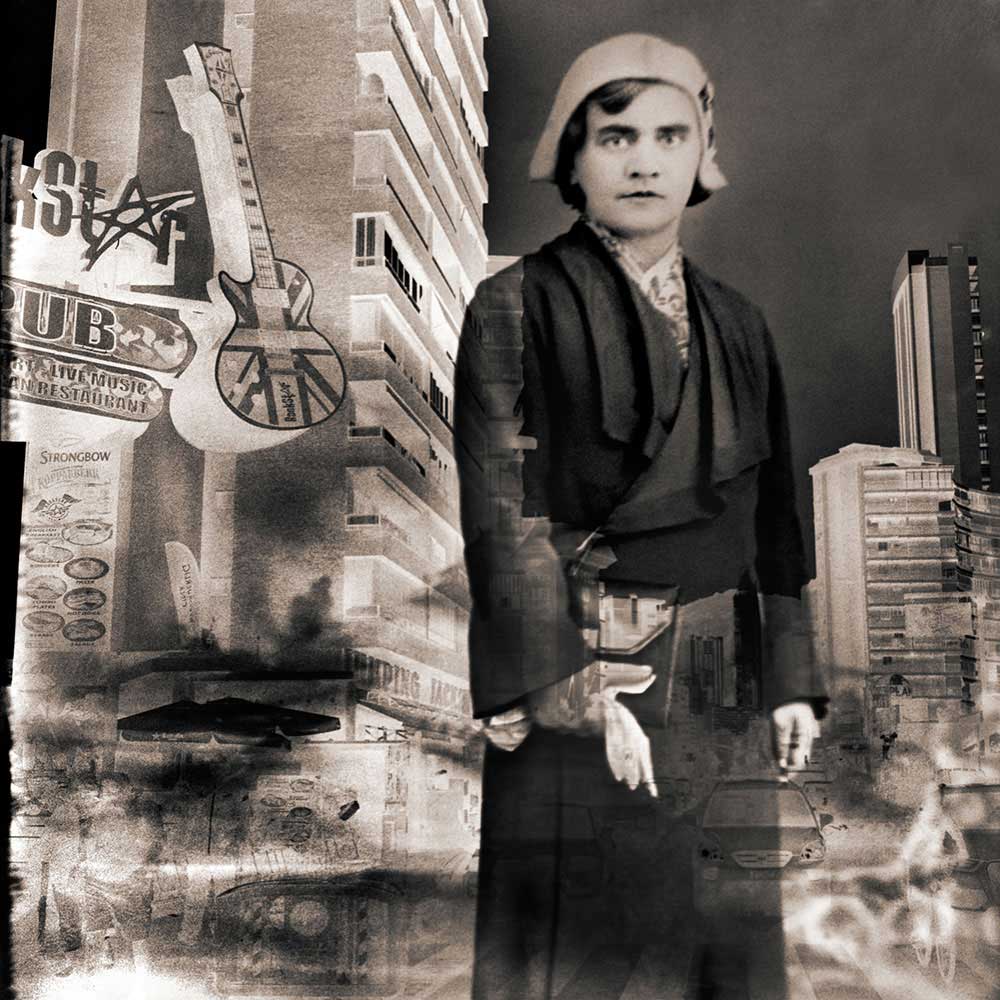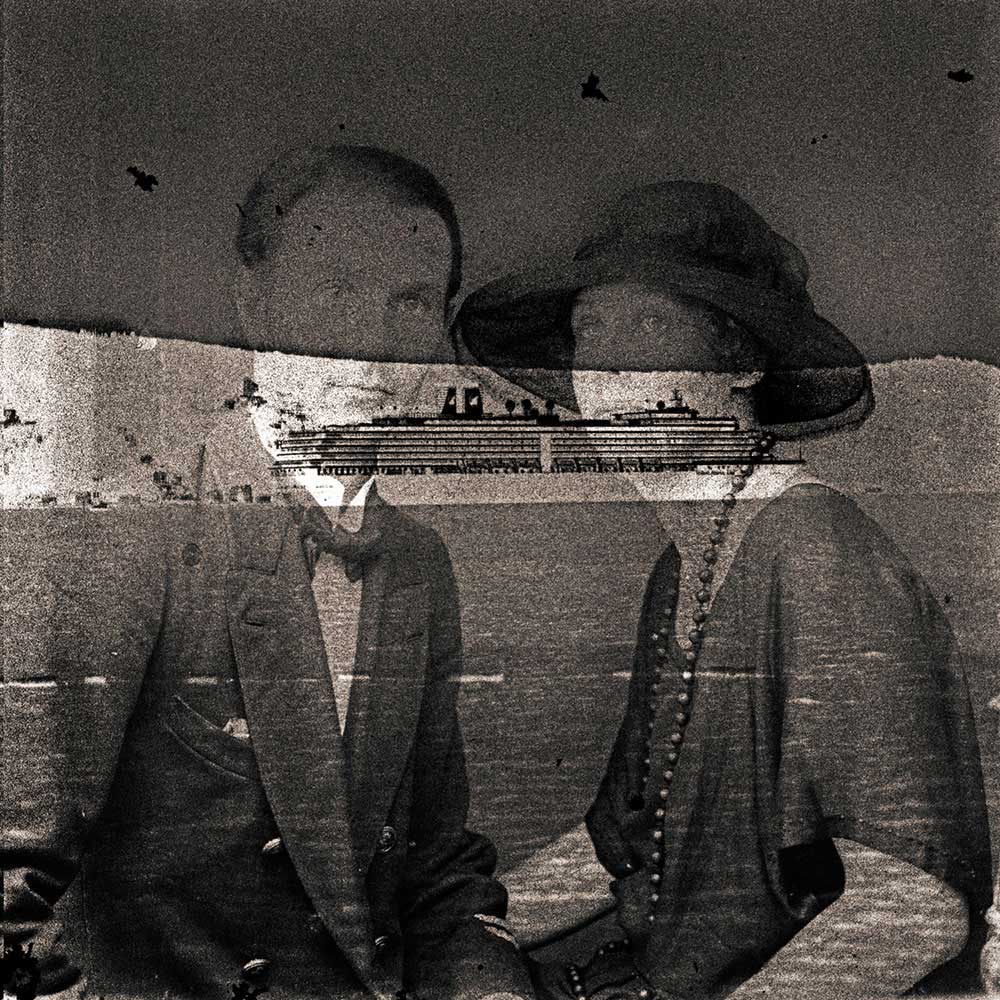Felix had photography in his blood.Felix’s father, Franz Triard de Laforest, was one of the pioneering photographers of Eastern Europe.
Born in Vienna to French aristocrats, he left his mercantile profession to devote himself to photography.When he was 25 years old, he left Vienna, and, after a short stay in Trieste, went to live in Dalmatia. He fell in love with the Balkans, where he lived the rest of his life.He travelled around with his wooden camera, photographing people and landscapes.
His work was shown in several books of extraordinary aesthetic and ethnological value, including ’’Album von Dalmatien’’ and ’’Die Bocche di Cattaro’’ which were published in 1898.After Franz death, his son Felix and two of his sisters followed in their father’s footsteps, taking charge of the photographic studies of the Laforest family.For decades, in my city, the surname Laforest was synonymous with photography.
People went to their studio to have their portraits taken, as well as photos of their children, weddings and other important events.Felix was not just a commercial photographer. His photographs won him several prizes, among them the gold medal in the Exposition du Confort Moderne in Paris in 1933.
I was two or three years old when my parents took me to Felix’s studio to have my first photos taken.The Laforest Studio was a nice house in the centre of the city. A quiet space, impregnated with the smell of chemicals.On the set, the hand-painted backgrounds evoked distant and exotic places. In front of them, there were large wooden cameras, pieces of furniture and a lot of toys that were used when photographing children.I still retain the memory of that place as somewhere magical and unreal. By that time Felix was getting old, and soon after he died.
More than 50 years later, during a summer vacation, I had the opportunity to have at my disposal a part of Felix’ enormous legacy, including boxes of negatives that Felix made in his studio and outside.
A whole life materialised in photographic negatives.It was like returning to my city in a time machine; the same co-ordinates, but a century later. Among the material was a large amount of photos on glass plates, a medium that Felix used a lot in the 1920s and 1930s. The quality and preservation of the images was extraordinary. nIt was impossible to resist that treasure.I decided to make a kind of bridge through time, facing past and present, and create a photographic dialogue between Felix and myself.Using the double exposure technique, photographing one photo on top of another, I tried to generate a time capsule, mixing images taken almost 100 years ago with current motifs. I did it by first photographing the original negative (glass plate), and then shooting the second motif without rewinding the camera, leaving that two images amalgamate in one.Each photography is the story,kind of conversation, confrontation , contemplation of the pass of time.This project was a kind of nostalgic and emotional journey to my roots and in the same time a kind of homage to the work of the Laforest family.[Official Website]



